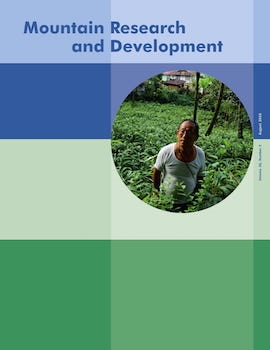Agriculture is a minor contributor to local economies in European mountain and fjord areas where tourism is predominant; however, it is essential to maintain the agricultural landscape and other important nonmarket functions of mountain agroecosystems. Policy-makers have aimed to support agriculture in these areas, but farmers' perspectives are poorly understood. The purpose of this study was to analyze (1) the main characteristics of livestock farming systems and the recent changes they have undergone, (2) farmers' perceptions of different functions of agriculture, (3) farmers' goals, and (4) the relationships among these elements in order to support more targeted policy-making in fjord and mountain areas in Scandinavian countries. We collected data from 27 farms and conducted univariate and multivariate (principal components and cluster) analyses. Most recent changes in farming have been related to improving working conditions and increasing tourist activity. According to the farmers, the main nonmarket functions of agriculture were (1) maintaining cultural heritage and rural development, (2) delivering environmental services, and (3) promoting traditional agriculture. The farmers' primary goals were (1) innovating for better farming, (2) improving the family's quality of life, and (3) achieving economic objectives. We identified 2 clusters of farmers based on divergent perceptions of rural development and the goal of improving the family's quality of life. These results point to the importance of integrated policies that address agricultural, environmental, and rural development together and take into account farmers' diverse perceptions and goals.
How to translate text using browser tools
1 August 2016
Seeing Northern European Fjord and Mountain Agriculture Through Farmers' Eyes: A Critical Step in Promoting Sustainability
Alberto Bernués,
Morten Clemetsen,
Lars Olav Eik
farmers' goals
farmers' perceptions
farming functions
Norway
policy design
quality of life
rural development





